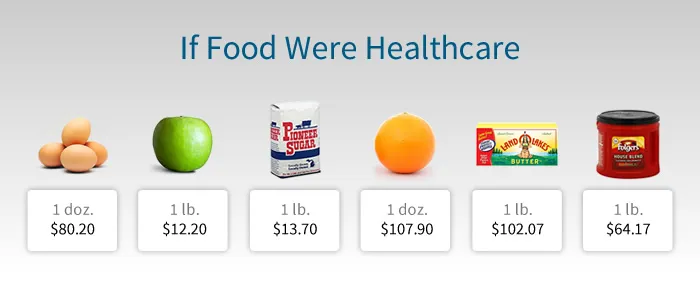
The Importance of Workplace Wellness Programs
Buying fresh bananas a couple times a week for your employees costs too much. You already spend enough on their healthcare. Besides, they can go to the vending machine if they want a snack.
Let’s step back for a second though. Bananas cost about a dollar for six employees. An employer will lose an average of $341 a day in productivity when one of those employees is out sick. Factor in sick pay, temporary replacements and higher insurance premiums, and suddenly that daily banana might not seem so expensive.
Of course workplace wellness programs are not really just about bananas, this is about how a work environment that supports healthy lifestyles is one that can really make a difference when it comes to your organization’s bottom line.
Want to know more? Let us explain:
What is a Workplace Wellness Program?
These programs identify employee health conditions, and encourage them to make healthy lifestyle choices and address chronic conditions. There are two key components to any program—the wellness assessment and the wellness plan offered to employees.
According to the latest Kaiser Family Foundation statistics, almost all companies with 200 or more workers provide some type of wellness program, while the majority of smaller employers also do. More than half of all larger companies offer a financial incentive to employees if they participate.
- Wellness Assessment: Wellness assessments involve a biometric screening and risk assessment. Biometric screenings examine things like body mass index, blood sugar, blood pressure and cholesterol levels. They alert employees to medical conditions they may have been unaware of, and provide hard data the company can use to select which wellness plans to invest in.
- Wellness Plan Offerings: Wellness plans could be anything from offering an on-site gym, gym discounts, smoking cessation programs, flu shots and Web-based health resources, to nutrition classes. The choices are practically limitless. That being said, how do you know which one is right for you? And how do you know whether the program you run is delivering the results you need?
Which brings us back to biometric screenings. Quantitative data will show where you need to focus wellness efforts. If a third of your employees have high cholesterol, clearly that could be a priority.
Secondly, conducting annual screenings will show whether or not your efforts are paying off. If the smoking cessation program you offer is not decreasing tobacco usage, it could be time to consider something else—like offering a financial incentive to employees who successfully quit smoking.
What are the Benefits of a Workplace Wellness Program?
With the growing cost of healthcare, an aging population and health trends that don’t look like they’ll go away anytime soon, employers have a vested interest in getting employees to improve their health. In fact recent research from Rand found that for every dollar companies invest in helping employees manage chronic conditions, they save an average of $3.78 in medical costs alone. That adds up quickly.
At the end of the day, costs keep rising and Americans continue to grow unhealthier. If you want to be in business 10, 20 or 30 years from now, take the proactive approach. Don’t wait for rising healthcare costs to start swallowing your company before you take action.
How to Get Started with a Workplace Wellness Program
To start things off right, you need access to quantifiable data from biometric screenings. You don’t want to invest in a program that doesn’t address the common health problems at your company. A comprehensive work wellness program that includes screenings is most likely to lower healthcare costs.
Onsite Health Diagnostics has planned, promoted and managed workplace wellness events and biometric screenings for small, medium and enterprise employee groups. Our flexible offerings enable us to conduct large-scale onsite campaigns, or collect results from offsite labs and doctors.
We offer best-in-class software and online tools for HIPAA-compliant field data collection, medical data analysis and reporting, secure data transmission and more. Learn more about our employee health screen services today.